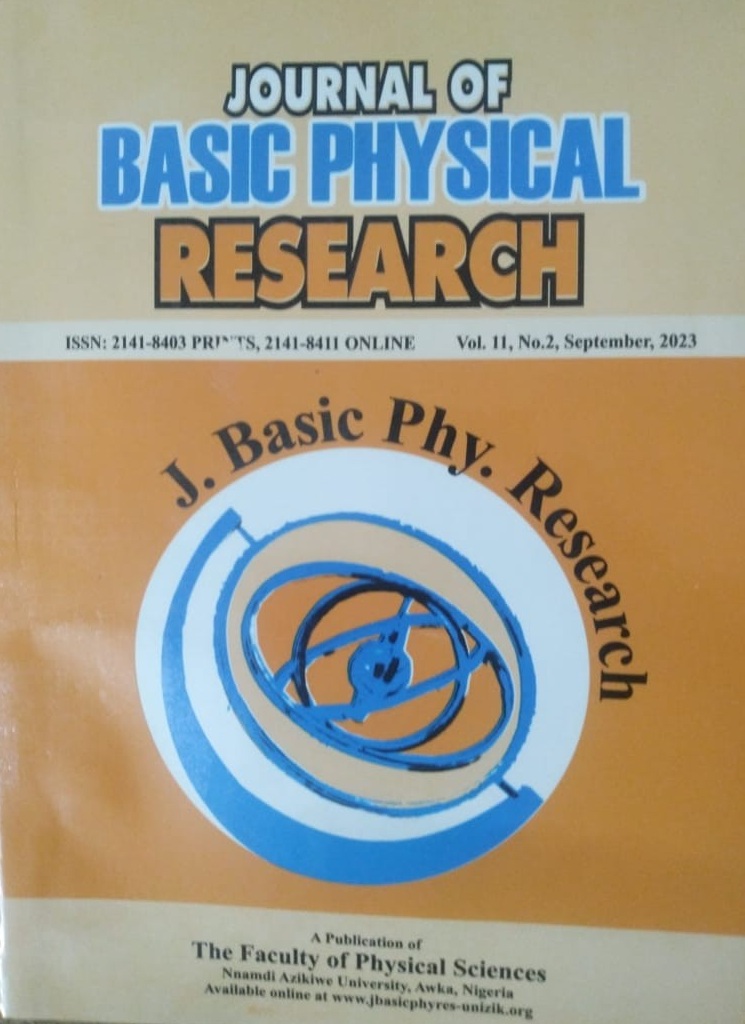FUNCTIONALIZATION AND CHARACTERIZATION OF MULTIWALLED CARBON NANOTUBES (MWCNTS)
Keywords:
Carbon, Characterization, Functionalization, MWCNTs, NanotubeAbstract
Multi-walled Carbon Nanotubes (MWCNTs) are cylindrical structures composed of rolled-up graphene sheets with diameters of a few nanometers and lengths up to several hundred micrometers. The unique
properties of MWCNTs, including their high electrical and thermal conductivity, strong mechanical strength
and chemical stability make them attractive in various applications. This study functionalized the MWCNTs
via chemical methods using 60 % nitric and sulphuric acid solutions for 3 hours each. The material was
washed thoroughly with hot deionized water until neutral pH was obtained and the powdered sample was
dried in an oven at 105 oC for 3 hours. The powdered sample was characterized by Scanning Electron
Microscopy (SEM), Elemental Dispersive X-ray (EDX), Fourier Infrared Spectroscopy (FT-IR), Brunauer
Emmett-Teller (BET) and X-ray Diffraction (XRD). SEM confirmed large cavities and sparsely web shape
while EDX gave atomic distribution of the material and revealed carbon and oxygen as major elements, and sodium and sulphur as minor elements present in the MWCNTs. The (FT-IR) result of the MWCNTs spectra showed broad band peaks at 3448.84 cm-1 and 3414 cm-1 which corresponds to O-H stretching mode of hydroxyl groups on the surface of the nanotube. The BET surface area result of the material indicated higher surface area with 865.66 m2/g. The (XRD) results confirmed prominent diffraction peaks which is common to all carbonaceous material.


